Verifiable Credentials: The Future of Digital Identity

Key Takeaways: Verifiable Credentials (VCs) are digital credentials that are cryptographically verified, enabling instant and secure identity verification. These credentials are issued by trusted authorities and are designed to verify specific information about an individual or entity. Verifiable credentials allow individuals to share only the necessary information, protecting privacy by limiting the exposure of personal […]
Web 1.0 to Web 2.0: The Evolution of the World Wide Web

This is Part 1 of our series on the history of the world wide web (From Web1 to Web5). For further insights, check out Part 2 and Part 3. Key Takeaways: Web 1.0 introduced the early internet, featuring static web pages designed for global information sharing in a read-only format. Web 2.0, the “read-write” web, […]
What Is Blockchain Identity Management?
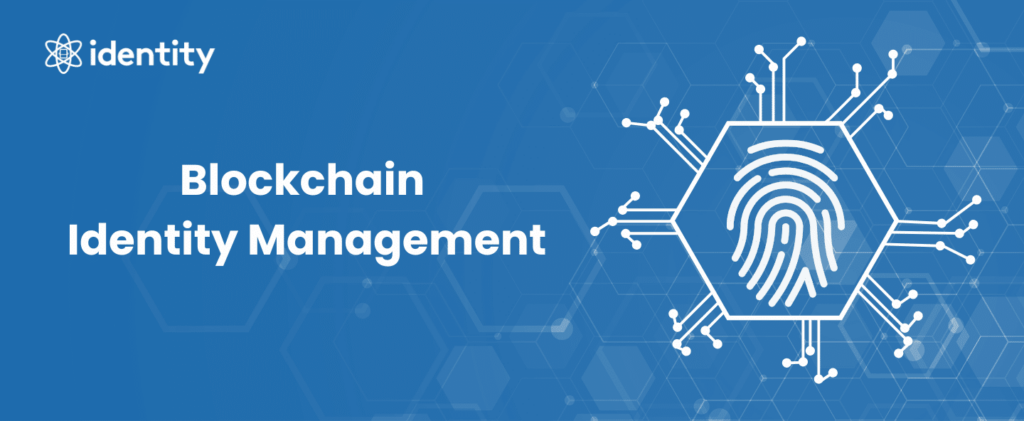
Key Takeaways: Blockchain identity management is a decentralized approach to creating, storing, and managing digital identities using blockchain technology. By distributing data across a network of nodes, blockchain creates a more resilient infrastructure that reduces the risks associated with data breaches. Blockchain enhances identity verification by securely recording transactions and identity information, ensuring data integrity […]
The Impact of Blockchain on Data Privacy
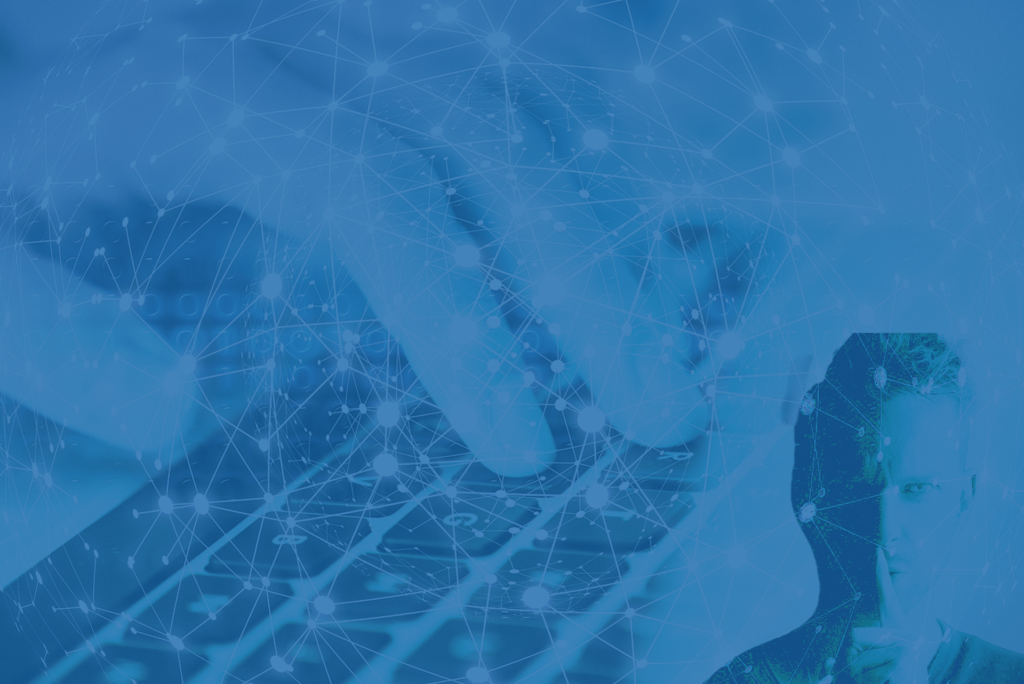
The news is often filled with alarming stories about data breaches, and as a result, “data privacy” has become synonymous with “data breaches” in recent years. Identity theft and fraud are on the rise, yet companies continue to collect user data without sufficient safeguards. With growing public concern about how personal information is mishandled, many […]
What Is Quantum Computing?
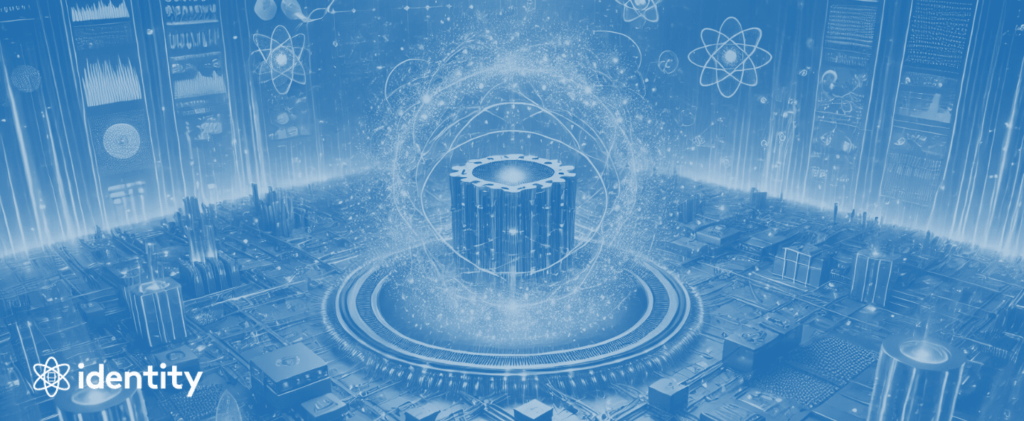
Key Takeaways: Quantum computing leverages quantum mechanics to solve complex problems exponentially faster. Unlike classical computing, which uses bits to represent data as either 0 or 1, quantum computing uses qubits that can exist in multiple states simultaneously, enabling more powerful processing. Quantum computing threatens traditional encryption but offers advanced solutions like quantum key distribution […]
Web5: The Next Generation of Decentralized Web

This is Part 3 of our web series on the evolution of the internet. For further insights, check out Part 1 and Part 2. Key Takeaways: Web5 is an ultra-decentralized vision of the internet. In Web5, users hold complete control over their data and online identities. Its framework revolves around Decentralized Identifiers (DIDs) and Decentralized […]
What Is a Peer-to-Peer (P2P) Network?

Key Takeaways: A peer-to-peer (P2P) network is a decentralized communication model where each participant, or ‘peer,’ has equal status. Each peer functions as both a client and a server, allowing for direct resource sharing without the need for a central authority. The P2P network architecture enables efficient scaling as more peers join, contributing resources and […]
What Are Decentralized Identifiers (DIDs)?
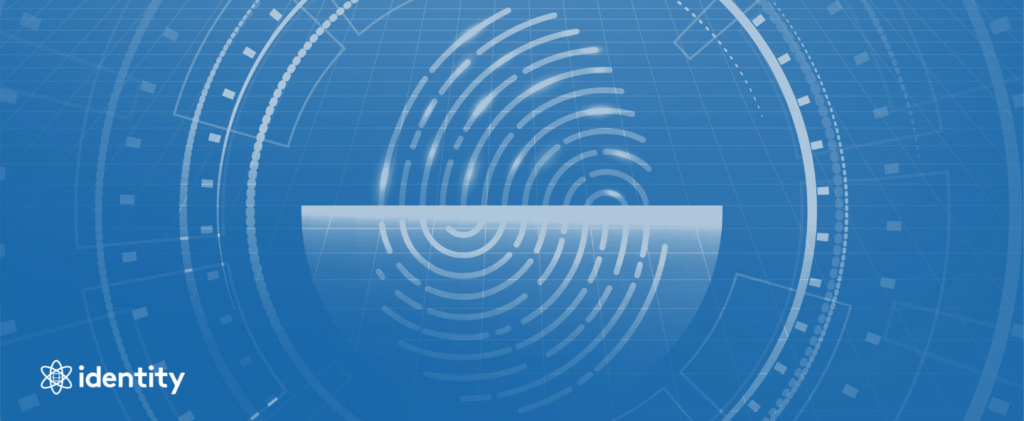
Key Takeaways: Decentralized identifiers (DIDs) are globally unique identifiers that can be used to identify an entity without a centralized authority. By using DIDs, users gain control over their personal information, ensuring secure and private digital interactions. DIDs use cryptographic techniques to ensure the security and authenticity of identities. This provides a tamper-proof and verifiable […]
What Are ZK Rollups? Scalability and Privacy in Blockchain
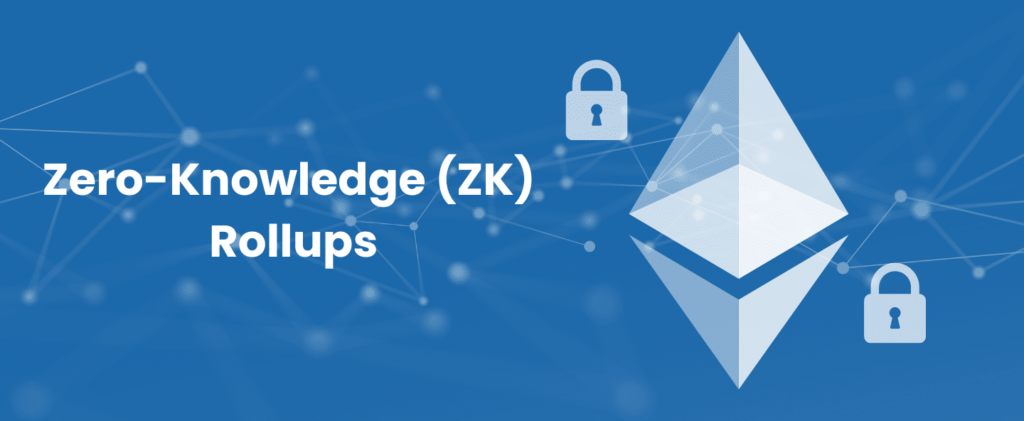
Key Takeaways: ZK Rollups (Zero-Knowledge Rollups) are a type of Layer 2 scaling solution designed to address scalability limitations on blockchains. They significantly enhance transaction processing capacity and efficiency, paving the way for a more robust digital ecosystem. ZK Rollups tackle blockchain scalability, reduce fees, speed up transactions, and protect privacy through efficient batch processing […]